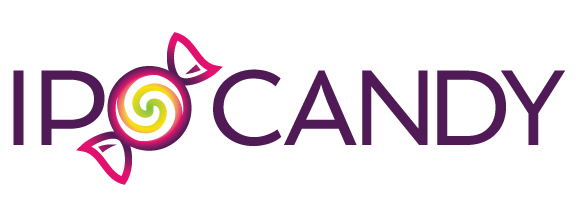The bankers have been busy from their vacation homes getting some big IPO transactions ready for marketing. We're starting with ARM $ARM but we've got Instacart $CART, and Klavyio $KLVO on deck.
These deals will be sized and priced to "work" similar to what was done with The Mobileye $MBLY IPO late last year. In the case of $CART, the deal is small and already over 60% pre-bought! The deal is "priced to go" setting the stage for insiders to get higher prices post-IPO.
ARM will price this evening and trade tomorrow. Investors are eager to own some shares of "the most important IP company in the world" according to some. ARM was already public for many years before Softbank bought it for $32B in 2016.
Management is also keen to ride the "AI hype wave" surrounding semiconductors and computing right now. One school of thought is that we're investing heavily in training these systems now but the bigger payoff will be in the deployment where the low-power chips from ARM could experience a surge in demand.
The proposed IPO price of $47 to $51 is pricing in a lot of success but demand for the deal will exceed supply at the IPO and at least until the lock-up expires.
UPDATE: Priced at the upper end of $51/share. Should open higher.
See below for more on positioning, competition, and valuation.
ARM in a nutshell
ARM is a combination of an architecture (like x86) and a set of additional tools that customers can use to customize and use in their own products. They pay a license fee and also a royalty of around 5c per chip. Higher-end chips with more extra functions cost more and ARM hopes to see more growth in this segment.
Chip designs get more complex as geometries shrink and the cost to develop a new design is high. By starting with basic elements from ARM customers don't have to "reinvent the wheel" and can focus on their own customizations instead, thus lowering their cost and speeding their time to market.
ARM owns the mobile device market which was their raison d'être when they started out - lower power performant processors for battery-powered devices. They offer special additions for embedded systems and real-time applications.
One problem for ARM is the slowing of the growth in the mobile device market. Revenue has a long tail for them but meaningful growth will need to come from expanding into additional market segments which are much more competitive.
More recently ARM has expanded its line to include processors aimed at AI (inference), graphics processing, and higher-performance applications that are found in the data center.
They are also trying to get more customers to pay more for their most expensive "Total Access" agreement to drive some growth and profitability. Some customers are not pleased with the prospect of having to pay ARM more money.
Although revenues were flat in 2023 versus 2022 (FY March) the company is promising mid-teens growth and suggesting they could reach 25% in two years if from a combination of new products and a rebound in smartphone demand.
ARM had little competition in the mobile space but they face a more challenging market in the data center with chips aimed at higher-performance applications in AI and graphics processing. This will be a test of the management and the culture at ARM. They have enjoyed living in a castle behind a big moat. Surviving in the jungle will be different.
More broadly there has been increasing momentum behind RISC-V which is another architecture that is an alternative to ARM that is open-source and royalty-free. NASA selected RISC-V in 2022 for future space missions.
Industry support for RISC-V is high and includes Google, Qualcomm, IBM, Intel, and dozens of large companies in China and around the world.
For ARM this means they have to be careful about pushing prices higher on customers. Although they may not want to move away from ARM the existence of a very viable and robust alternative like RISC-V makes it viable.
Does ARM make any sense for public investors?
ARM will be an interesting study in the capital markets coming public after a failed attempt by Nvidia $NVDA to buy the company for $40B. More recently Softbank reportedly purchased the 25% of ARM they didn't own from the Vision Fund at a valuation of $62B. Softbank will own 90% of the company post-IPO.
At the current range of $47 to $51/share that puts the valuation at around $50B. (There will be 1.03B shares outstanding post-IPO.) As we'll see the fundamentals are ARM are not very exciting but it's always been viewed more as a "strategic asset" upon which much of our existing semiconductor infrastructure is built.
The ARM licensing-based business model results in lower but hyper-profitable revenues. For FY 2023 ended March they had revenue of $2.68B and gross profit of $2.57B.
But revenue was flat YoY and ARM spends a surprisingly large amount of money supporting those flatish revenues. Operating income was $671M and net income was $524M or $0.16/share.
Bankers want you to look at $NVDA numbers when it comes to valuation - 30x FPE and 15x FS. But one could argue it should be close to $QCOM at 13x FPE and 3.5x FS.
Let's say ARM can do $4B in revenue and earn $1 in 2025. At $50/share and $50B in market value, the shares may struggle to go higher after supply and demand normalize.









